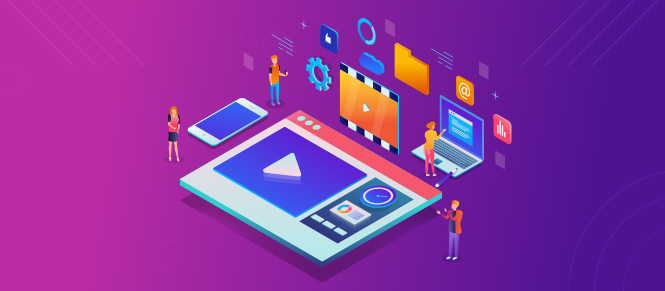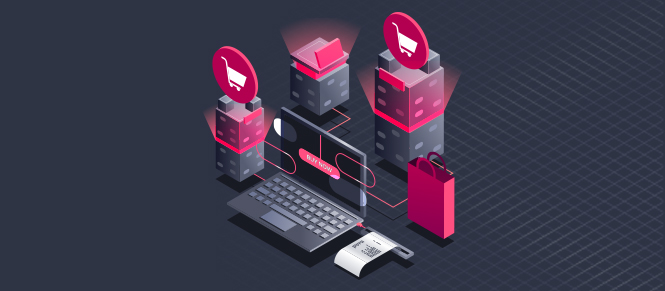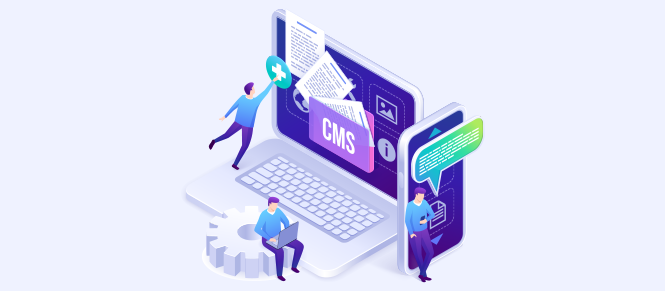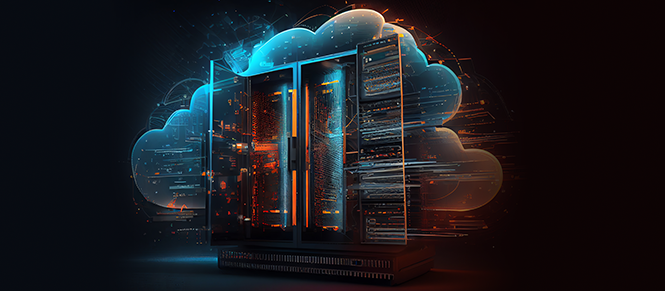The Contactless Digital Customer Journey: What it means for brands & consumers
The COVID-19 pandemic has largely transformed stores and physical outlets into an array of digital touchpoints and online interactions. Today's digital customer experiences are dynamic, and customers are heavily relying on digital transactions, for their essential & retail needs.
The US has seen a 20% uptick in preference for contactless operations, with numerous industries adapting to this change, states a McKinsey report. While, in Italy, e-commerce sales for consumer products had risen by 81% in a single week, during the pandemic.
Yes, this is the new reality and the new world order!
37% consumers prefer to satisfy all essential needs while staying indoors - including working, virtually socializing, consuming media, and making retail purchases - Forrester.
The challenge for brands with an upshot in digital customer experiences is to ensure that end-to-end contactless digital customer journey is understood and mapped from beginning to end.
What is an End-to-End Contactless Digital Customer Journey?
An end-to-end contactless digital customer journey is a detailed framework of the path traversed by the user/customer with a brand encompassing different stages of interaction on digital channels from research, consideration, selection, conversion, service and finally - advocacy.
In the new normal, this is indispensable for all businesses as digital is going to remain the primary mode of all communications & transactions.
What Does It Mean for Brands and Consumers?
A McKinsey research establishes why end-to-end journey is important for brands. It says that focusing on larger journey over time and covering multiple touchpoints has greater impact on business performance with 30-40% increased customer satisfaction and 20-30% greater impact on business outcomes.
Another report by Forrester Research establishes why end-to-end journey and digital customer journey mapping is important for a delighted customer. It says - understanding the specific devices, touchpoints and interactions is the only way to know if your digital investments will directly improve CX.
End-to-end contactless digital customer journey is an effort by brands to understand their customers from the very eyes of the customers. How seamless or frustrating is their experience? How quick or painstakingly slow is their interaction with your touchpoints? How simplified & fast is your support and delivery? What are the steps they need to go through before they make purchase?
Let’s discuss some of the benefits of end-to-end to contactless digital customer journey:
1. Realignment for the right CX
Customer journey data and analytics can help brands in enhancing their testing capabilities by emulating what customer sees and hence realigning content, campaigns and apps before they are ready for an improved CX. Experience and performance data including site abandonment statistics is helping brands to ensure speed and consistency of their websites - thereby contributing to improved leads, customer conversion, retention and even higher search engine rankings.
2. Customer Centricity: Meet the customers where they are today
The primary goal of the entire digital journey mapping exercise is to better understand your customers. In the age of customer-centricity and empowered customers, a well-designed digital customer journey mapping is a critical element of every business’ growth strategy. The focus here is showing care and concern to customers by reaching out genuine support and not just marketing campaigns.
3. Aid to Support Team & Cost Efficiency
Realignment and recalibration of your products and services on your brand touch points at the right time before will surely helping brands to save time and cost involved. An end-to-end digital journey map helps brands to anticipate user reactions under different circumstances and helps them bridge operational efficiencies beforehand. This means expand home delivery options and innovating digital models to weather the COVID-19 crisis safely from home.
4. Building Empathetic Connections & Increase in Customer Engagement
What type of content will resonate with specific customer? How user segmentation can help in delivering personalized content? What context, tone and emotional connect is to be used with target customers? An end-to-end digital customer journey greatly helps brands in crafting personalized, contextual, hyper-relevant and meaningful content. It thus helps in increasing customer engagement and building an emotional connect with the customers.
The way businesses deal with their customers, employees, and the broader community in a crisis is likely to leave lasting memories in customers' minds. Therefore, this is the time to build agile capabilities now to address immediate needs of customers and prepare for the future - beyond COVID-19!



















